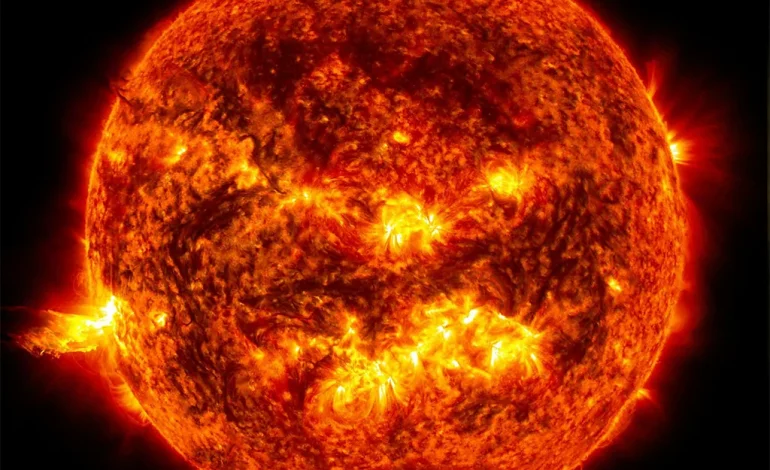Our Sun, the solitary star at the center of our solar system, might not have always been alone, BBC reports.
While most stars in the Milky Way exist as part of binary or multi-star systems, the Sun stands out as an anomaly. Recent scientific research suggests that our Sun could have once had a twin, but the big question is: what happened to this potential companion?
Today, our Sun orbits in one of the spiral arms of the Milky Way, traveling alone on its journey around the galaxy, which takes about 230 million years. The nearest star to the Sun, Proxima Centauri, is located over four light-years away. However, this solitary existence is unusual, as most stars in the galaxy are part of binary systems, meaning they exist in pairs that orbit around a common center of mass. Some scientists even believe that all stars, including the Sun, may have originally formed as part of a binary or multi-star system.
One possible explanation for the Sun’s solitary status is that it could have been born alongside a companion star, which was later lost or separated from it. According to astronomer Sarah Sadavoy of Queen’s University in Canada, this might be a common occurrence in stellar formation. Research has shown that stars often form in pairs due to a process known as fragmentation, where dense regions within gas clouds collapse under gravity to create two or more stars. While some of these binary systems remain bound together over billions of years, others may break apart early in their lifetimes.
In 2020, astrophysicist Amir Siraj from Harvard University proposed that our Sun’s missing companion could still leave traces in the Oort Cloud, a vast region of icy comets located at the outer reaches of the solar system. Siraj suggested that the gravitational influence of a lost companion star might explain the unusually high number of objects in the Oort Cloud, as well as the possible existence of a large, yet-to-be-discovered planet, such as the hypothesized Planet Nine.
However, other scientists, including Konstantin Batygin from the California Institute of Technology, have argued that the presence of a binary companion is not necessary to explain the Oort Cloud’s formation. Batygin suggests that objects in the Oort Cloud could have been scattered into their current positions through the gravitational interactions of large planets like Jupiter and Saturn, or even from interactions with stars in the Sun’s birth cluster.
Despite these competing theories, one potential clue supporting the idea of a missing twin is the slight tilt of the Sun’s axis. Our Sun is tilted by about seven degrees in relation to the plane of the solar system, which may be the result of gravitational influences from a companion star. This kind of tilt is often seen in binary star systems, where the gravitational pull between the two stars can alter the orientation of their axes.
While current evidence is not conclusive, it raises interesting possibilities about the early history of our solar system. If the Sun did have a companion, it would have been lost long ago, possibly scattered into the vastness of space. Some astronomers believe that stars born in the same region as our Sun may share similar compositions, leading to the discovery of other stars with similar characteristics. For example, in 2018, astronomers identified a star that is considered a “twin” of the Sun, located less than 200 light-years away.
The potential existence of a binary companion to the Sun has implications not just for the history of our solar system but also for the study of exoplanets in binary systems. Many discovered exoplanetary systems exist around pairs of stars, and planets in such systems can experience unique orbital patterns. While binary stars can sometimes disrupt planetary orbits, creating unstable environments, it has been shown that in some cases, life could still thrive in such systems.










The latest news in your social feeds
Subscribe to our social media platforms to stay tuned